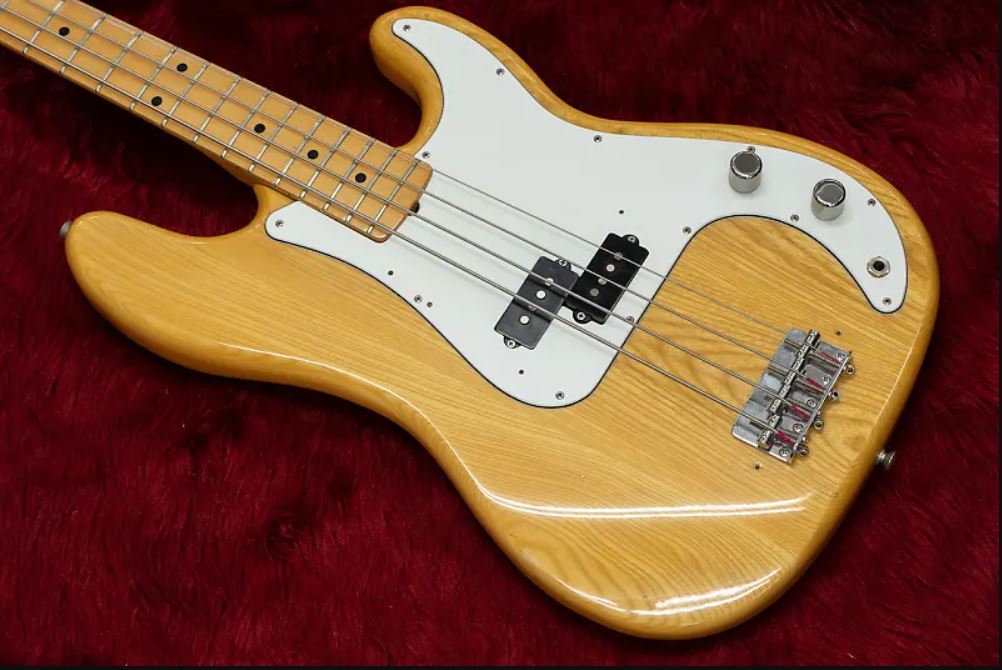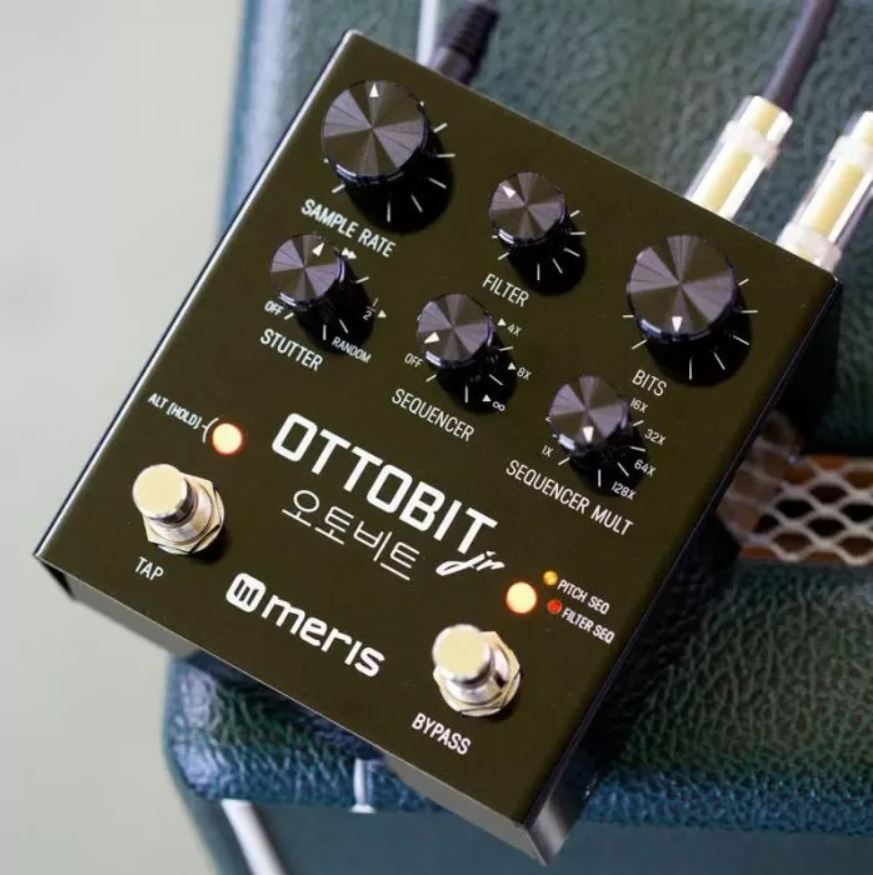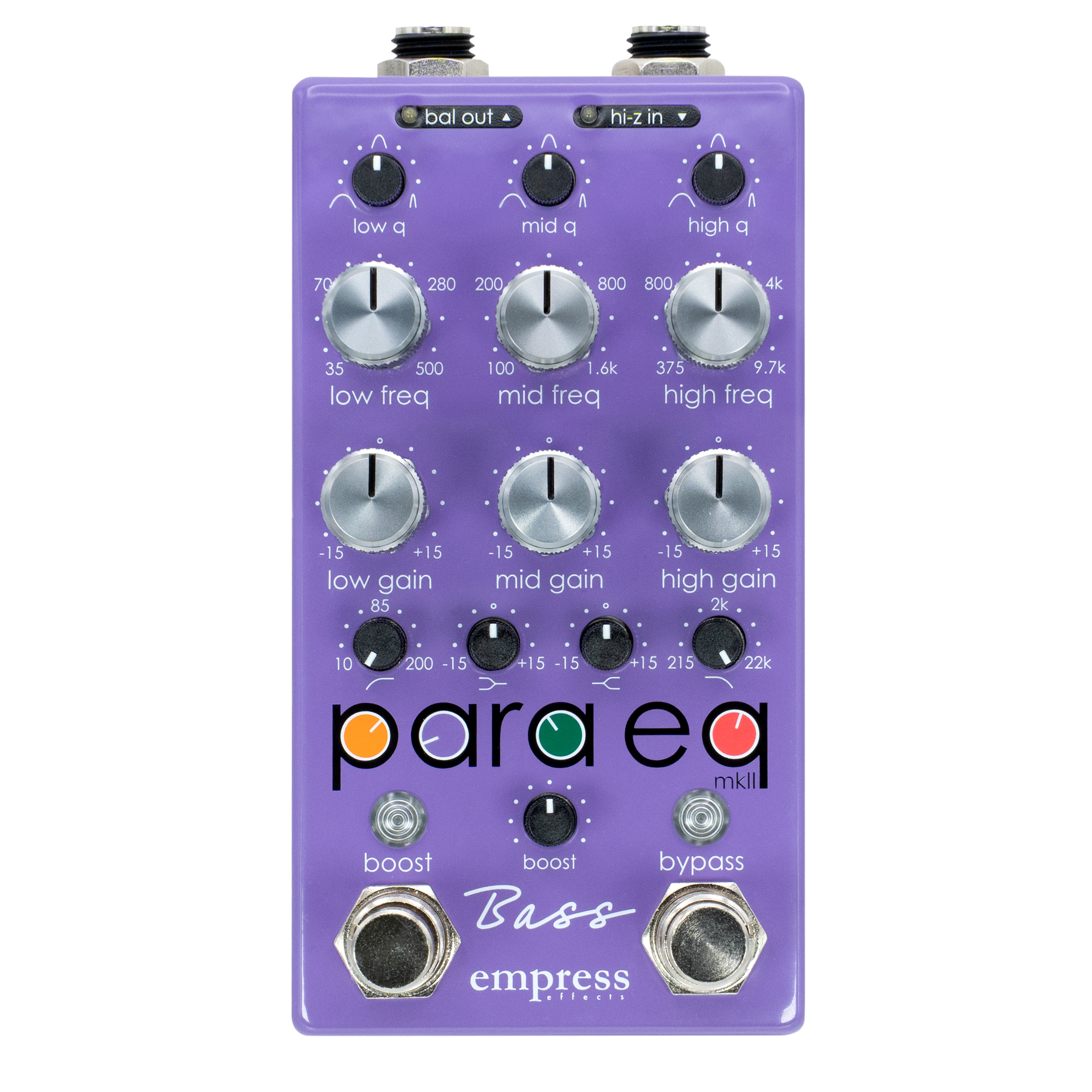
Dingwall Guitars Unveils the SP1
A Modern Classic for the Studio and Stage Dingwall Guitars has officially released the SP1, a bold new addition to their Ready to Play series that merges vintage-inspired tone with cutting-edge design. Available in both 4- and 5-string configurations, the SP1 is poised to become a go-to instrument for session players and live performers alike. A Fresh Take on the PJ Formula At its core, the SP1 is a passive PJ-style bass that offers remarkable tonal flexibility without the need for onboard preamps or batteries. Its pickup configuration features a Dingwall Dual-P split-coil in the neck position and an FD3n humbucker at the bridge. These are controlled via a Quad-Tone rotary selector, which offers four distinct voicings: neck pickup solo, both pickups in series, both in parallel, and bridge pickup solo. This intuitive setup is complemented by master volume and tone controls, allowing players to dial in a wide range of sounds with ease. Multi-Scale Comfort and Precision True to Dingwall’s legacy, the SP1 employs a multi-scale (fanned fret) design, ranging from 32 inches on the treble side to 34.25 inches on the bass side for the 4-string model. This ensures balanced string tension and enhanced clarity across the fretboard. The neck is a one-piece maple bolt-on with an elliptical profile, paired with a rosewood fingerboard featuring 22 banjo-sized frets. Built for Versatility and Style The SP1’s body is crafted from alder and finished in a range of striking colors, including Vintage Burst, Ducati Pearl White, Dark Candy Green, and Metallic Black. A standout visual feature is the transparent pickguard, originally hand-painted by artist Hugh Fisher and now UV-printed to allow the body color to subtly influence its appearance. Hardware includes Dingwall’s minimalist bridge with a custom riser system for easy action adjustments, lightweight open-gear tuners, and black nickel hardware. Hybrid Craftsmanship and Pricing The SP1 is the result of a hybrid manufacturing process, combining precision work from Indonesia with final assembly and quality control in Canada. Pricing starts at $2,499 for 4-string models and $2,599 for 5-string versions. Each bass comes with a padded gig bag, making it ready for the road straight out of the box.



